The relentless march of technological innovation has gifted us with a plethora of gadgets, each often heralded as a game-changer poised to revolutionize our lives. Yet, the landscape of consumer electronics is littered with devices that, despite initial hype and even widespread adoption, ultimately faded into obscurity. These forgotten gadgets serve as a reminder that not every promising invention achieves lasting success, often succumbing to technological leaps, shifting consumer preferences, or simply failing to deliver on their lofty promises. Their stories offer valuable lessons in the unpredictable nature of technological progress.
1. Google Glass
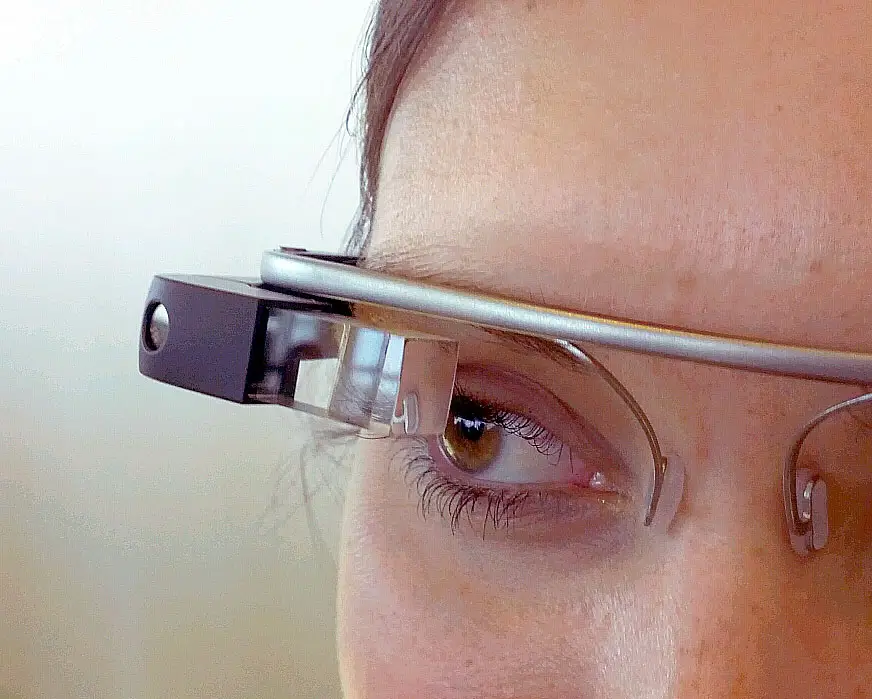
Unveiled with considerable fanfare, Google Glass was an early attempt at wearable augmented reality. The sleek eyewear promised to seamlessly integrate digital information with the user’s real-world view, offering hands-free access to notifications, navigation, and even photography. As reported by early tech reviews on The Verge, the potential applications seemed limitless.
However, Google Glass faced significant hurdles, including privacy concerns due to its recording capabilities, social awkwardness associated with wearing the device, and a high price point. Despite iterations aimed at enterprise use, the consumer version ultimately failed to gain traction and was discontinued, a trajectory extensively covered by technology news outlets like TechCrunch.
2. The Segway

The Segway personal transporter was introduced with bold predictions of revolutionizing urban transportation. Its self-balancing technology and futuristic design generated significant buzz, with proponents envisioning it as a cleaner, more efficient way to navigate cities. Initial media coverage on CNN highlighted its innovative approach to personal mobility.
Despite its novelty, the Segway never achieved mainstream adoption. Its high cost, limited range, and regulatory challenges in many urban environments hampered its widespread use. While still used in niche applications like tourism and security, it fell far short of its initial transformative aspirations, a fact often discussed in transportation technology analyses from sources like Wired.
3. 3D Televisions
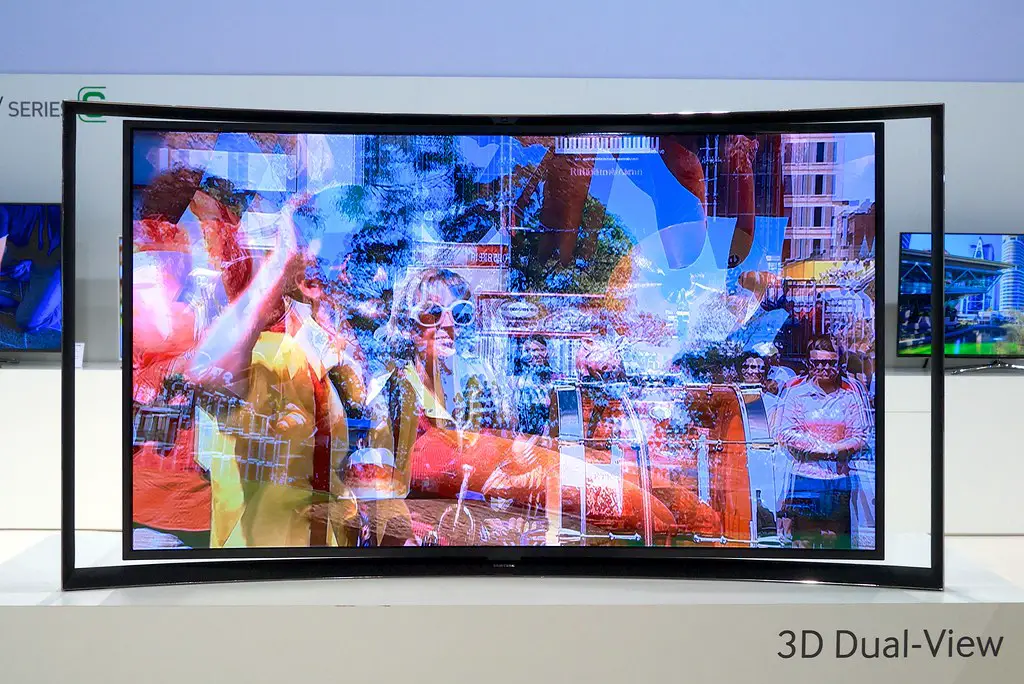
Fueled by the success of 3D cinema, 3D televisions were heavily promoted as the next must-have home entertainment experience. Manufacturers touted immersive viewing and a new dimension of visual engagement. Reviews on tech sites like CNET initially explored the potential of bringing 3D into the living room.
However, 3D television adoption was plagued by several factors, including the need for often uncomfortable glasses, limited 3D content, and a generally underwhelming at-home viewing experience compared to the cinematic version. Consumer interest waned, and major manufacturers eventually phased out 3D TV production, a market shift widely reported by consumer electronics publications like Digital Trends.
4. Smartwatches (Early Generations)
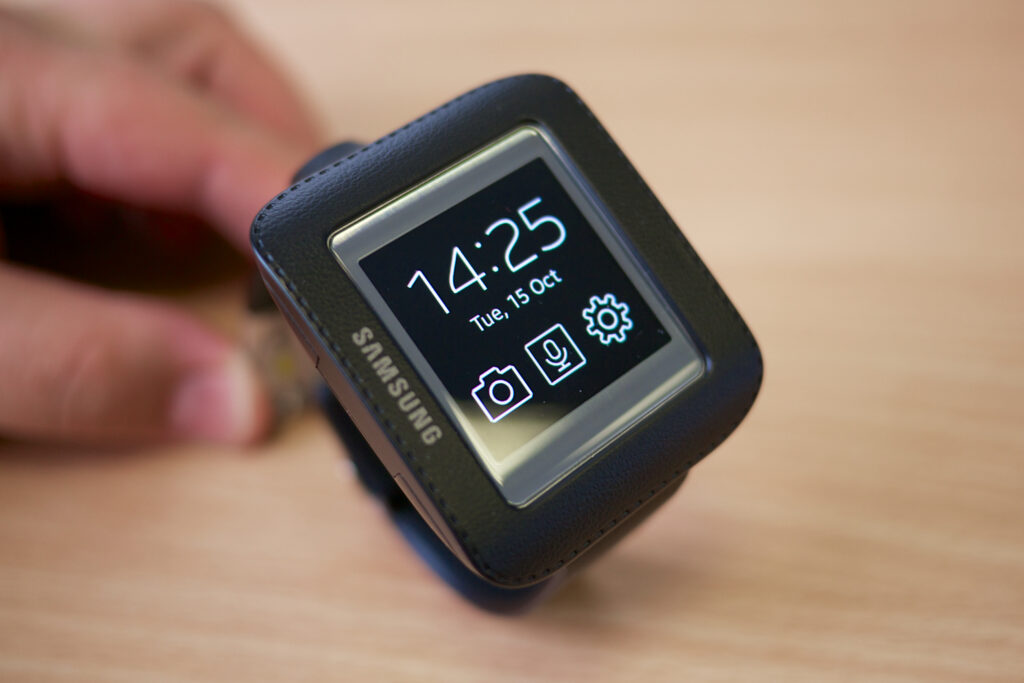
The initial wave of smartwatches promised to be revolutionary wrist-worn computers, offering notifications, fitness tracking, and even basic app functionality. Devices from pioneers like Pebble and early offerings from major tech companies generated excitement about the potential of wearable technology. Tech reviews on platforms like Engadget provided early insights into their capabilities.
However, these early smartwatches often suffered from clunky interfaces, limited battery life, and a lack of compelling use cases beyond basic notifications. It wasn’t until later generations with more refined software and broader functionality that smartwatches gained significant mainstream traction, leaving the early iterations as largely forgotten experiments.
5. The CueCat

The CueCat was a small barcode scanner designed to be plugged into a computer, allowing users to scan barcodes from magazines and advertisements to access related online content. It was envisioned as a bridge between the physical and digital worlds. Its launch and initial reception were covered by various tech news outlets.
The CueCat faced significant privacy concerns due to its tracking capabilities and never offered a compelling enough value proposition for widespread consumer adoption. It was quickly abandoned and is now considered a notable flop in the history of technology.
6. Digital Picture Frames

Dedicated digital picture frames were marketed as a modern way to display cherished photographic memories without the perceived hassle of traditional printing and framing. These standalone devices featured screens capable of cycling through a user’s digital image library, often offering customizable slideshow settings and even Wi-Fi connectivity for receiving new photos wirelessly. The promise was a constantly evolving display of personal moments, easily updated and aesthetically pleasing in a digital age.
However, the initial appeal of digital picture frames began to wane as other, more versatile technologies emerged and became increasingly prevalent in households. Tablets, with their larger and higher-resolution displays, offered the same photo display capabilities alongside a vast array of other functionalities, from web browsing to video streaming and gaming. Similarly, the rise of smart displays integrated into smart home ecosystems provided photo display features as part of a broader suite of interactive tools, often voice-controlled and seamlessly connected to other devices.
7. Portable Media Players (Beyond iPod)

While Apple’s iPod carved out a lasting niche in the realm of portable music players, a multitude of other devices from various manufacturers also vied for consumer attention in the early 2000s and beyond. Brands such as Creative with their Zen line, SanDisk with their Sansa players, and Microsoft with the Zune all offered dedicated hardware for storing and playing digital audio files, and sometimes even video content. These players often boasted unique features, competitive storage capacities, and attempts to differentiate themselves through software interfaces and design aesthetics.
Despite their efforts to capture a significant share of the burgeoning digital music market, these alternative portable media players ultimately struggled to compete with the iPod’s strong brand recognition, intuitive user interface, and seamless integration with the iTunes ecosystem. The iPod’s early dominance created a powerful network effect, making it the de facto standard for digital music consumption on the go. As smartphones evolved to incorporate high-quality music playback capabilities and access to vast streaming libraries, the need for a separate, dedicated device for audio diminished further for the majority of consumers.
8. E-Readers (Beyond Kindle/Nook)
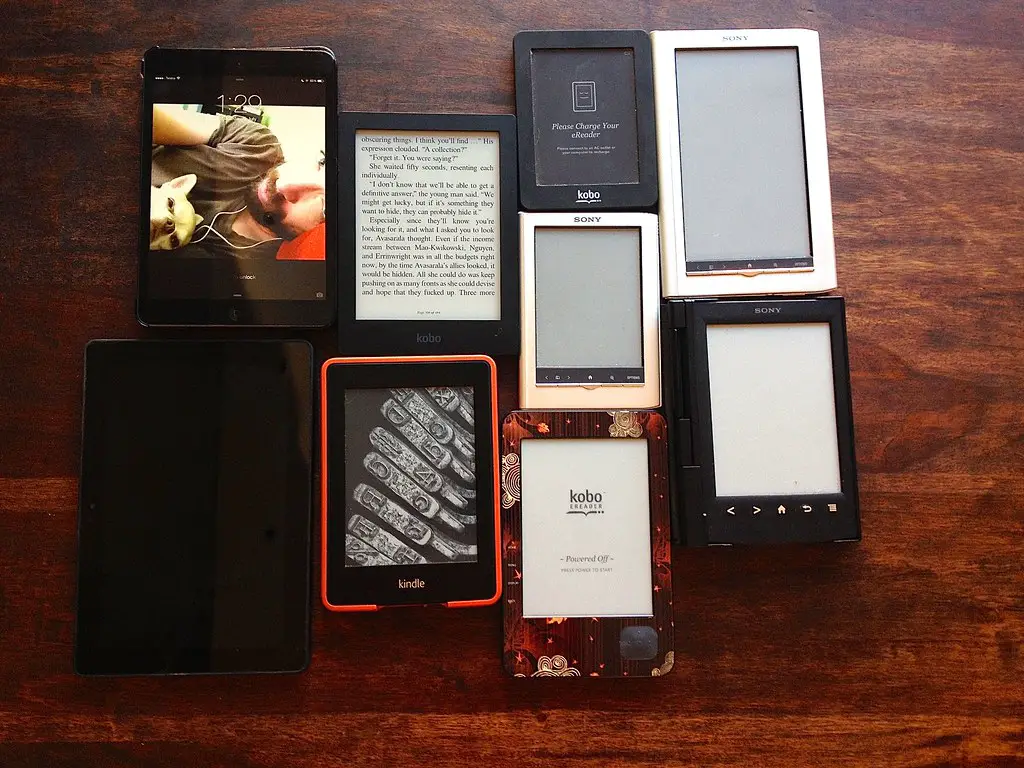
While Amazon’s Kindle and Barnes & Noble’s Nook have managed to carve out and maintain a dedicated segment of the market for digital reading devices, numerous other e-readers that once promised to revolutionize the way we consume books ultimately faded from prominence. Early entrants and subsequent contenders from various technology companies offered dedicated hardware designed specifically for displaying electronic books, often utilizing e-ink technology for a paper-like reading experience and long battery life. These devices aimed to replicate the focused reading environment of a physical book in a digital format.
However, the e-reader market outside of the dominant Kindle and Nook ecosystems faced significant challenges in gaining and retaining widespread consumer adoption. One key factor was the strength of the established ecosystems surrounding Kindle and Nook, including vast digital bookstores and seamless integration across devices. Additionally, the increasing versatility and affordability of tablet computers presented a compelling alternative for many readers, offering not only e-reading capabilities but also a wide range of other functionalities such as web browsing, video streaming, and app usage.
9. Netbooks
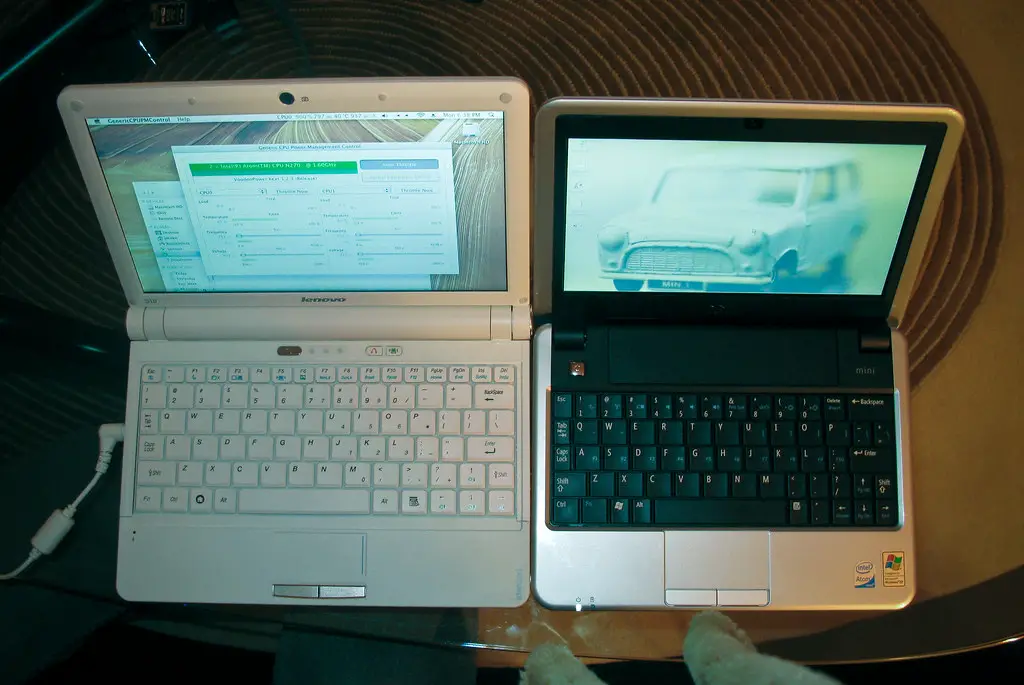
Netbooks emerged in the late 2000s as a category of small, lightweight, and relatively inexpensive laptops that gained considerable popularity as a portable computing solution. These devices typically featured smaller screens, lower processing power, and longer battery life compared to traditional laptops, making them well-suited for basic tasks such as web browsing, email communication, and light document editing while on the go. Their compact size and affordable price point resonated with students, budget-conscious consumers, and those seeking a secondary, highly portable computer.
However, the rise of tablet computers, spearheaded by the introduction of the Apple iPad in 2010, presented a compelling alternative that directly challenged the core value proposition of netbooks. Tablets offered a similar level of portability and ease of use for many of the tasks that netbooks were primarily used for, often with a more intuitive touch-based interface and instant-on functionality. Furthermore, as tablet technology advanced and prices became more competitive, they began to encroach on the performance capabilities of netbooks while offering a wider range of applications and multimedia experiences.
10. Google+

Google+ was launched with considerable ambition as Google’s attempt to create a comprehensive social networking platform designed to rival the dominance of Facebook. The platform introduced innovative features such as “Circles” for organizing contacts into different groups and “Hangouts” for integrated video conferencing, aiming to offer a more nuanced and user-centric social experience. Google heavily promoted Google+ and integrated it with its vast ecosystem of other services, hoping to leverage its existing user base.
Despite Google’s significant resources, innovative features, and deep integration with popular services like Gmail and YouTube, Google+ ultimately failed to achieve widespread adoption and sustained user engagement on a scale comparable to Facebook. One key challenge was the established network effect of Facebook, where a vast majority of users were already connected with their friends and family, creating a strong inertia against switching to a new platform. Additionally, some users found the Google+ interface less intuitive or struggled to understand the purpose and benefits of its unique features like Circles.
11. Dedicated GPS Devices (Post-Smartphone Boom)
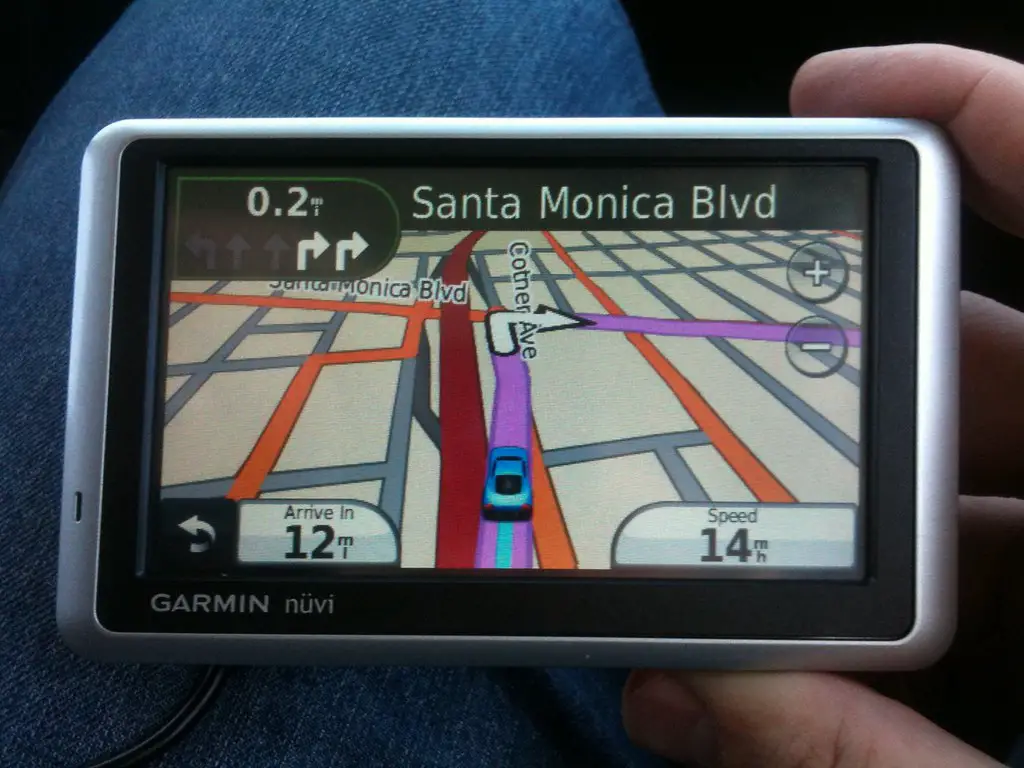
For a significant period, standalone Global Positioning System (GPS) devices were considered an indispensable tool for navigation, particularly for drivers unfamiliar with their routes or traveling to new locations. Companies like Garmin and TomTom built thriving businesses on dedicated GPS units that offered accurate turn-by-turn directions, points of interest databases, and features specifically tailored for in-car navigation. These devices were a common sight mounted on vehicle dashboards.
However, the advent and rapid proliferation of smartphones equipped with increasingly sophisticated and user-friendly navigation applications, such as Google Maps and Waze, fundamentally altered the landscape of personal navigation. Smartphones offered the significant advantage of integrating GPS functionality into a device that most people already carried for communication, entertainment, and a multitude of other purposes. The convenience of having navigation readily available on a familiar device, often with real-time traffic updates and voice-guided directions, proved incredibly compelling.
12. Pagers/Beepers (After Mobile Phones)
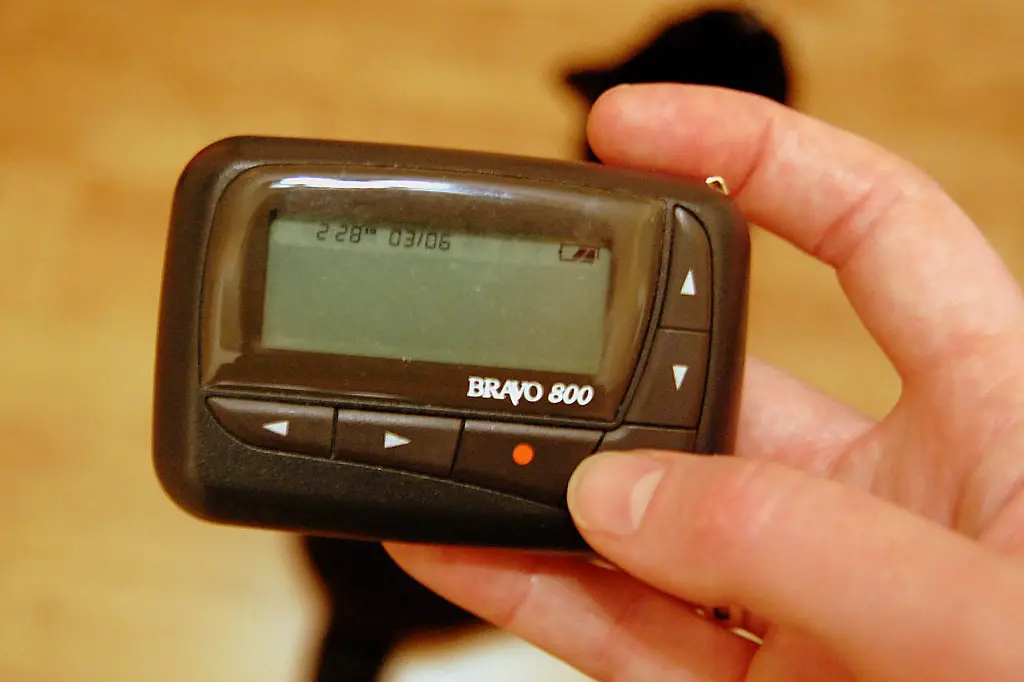
Pagers, also commonly known as beepers, were once a ubiquitous communication tool, particularly for professionals who needed to be reachable while on the go, such as doctors, on-call technicians, and emergency responders. These simple devices typically alerted the user to a message, often displaying a phone number to call back. Pagers filled a crucial communication gap before the widespread adoption of mobile phones.
However, the advent and rapid expansion of mobile phone technology fundamentally changed the way people communicated. Mobile phones offered two-way voice communication, text messaging capabilities, and a host of other features that far surpassed the one-way notification system of pagers. The ability to directly communicate and receive detailed messages on a mobile phone made the limited functionality of a pager increasingly obsolete for most individuals.
13. Microsoft Zune
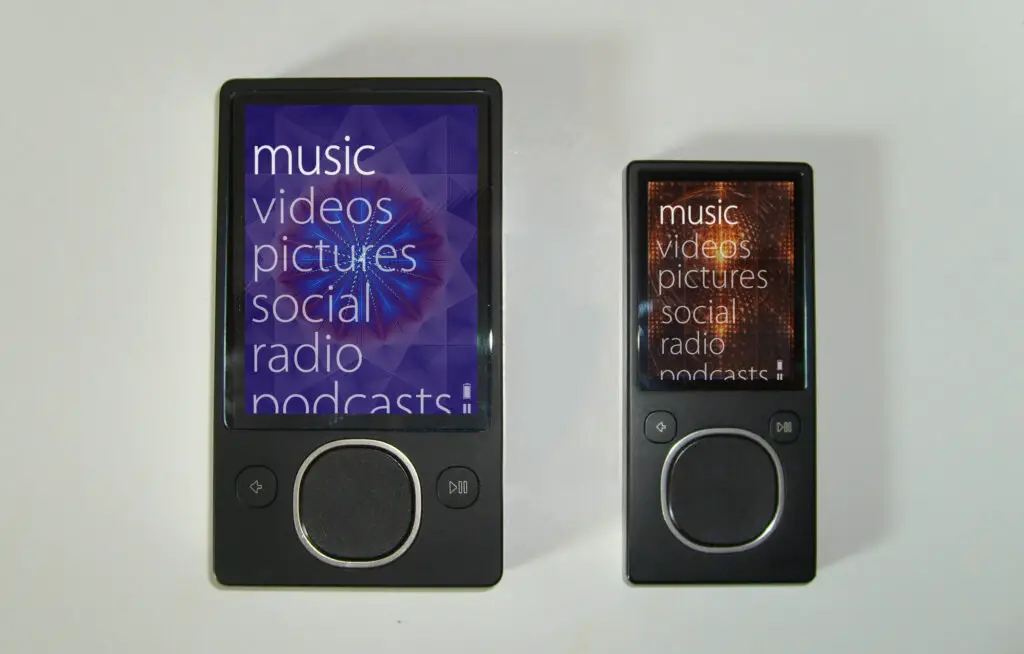
The Microsoft Zune represented Microsoft’s ambitious endeavor to enter the portable digital media player market and directly compete with the immense popularity and market dominance of Apple’s iPod. The Zune devices offered similar functionalities for storing and playing digital music and videos, and Microsoft also launched a corresponding Zune Music Pass subscription service. The Zune aimed to differentiate itself through features like “squirting” (wireless song sharing between Zune devices) and a distinct design aesthetic.
Despite Microsoft’s significant financial resources and marketing efforts, the Zune ultimately failed to gain significant traction and make a substantial dent in the iPod’s market share. Several factors contributed to this outcome, including the iPod’s established brand loyalty, its seamless integration with the iTunes ecosystem, and perhaps a perception that the Zune was a “me-too” product rather than a truly innovative alternative. The Zune’s software and user interface, while functional, often lagged behind the intuitive simplicity of the iPod.
14. Blackberry PlayBook
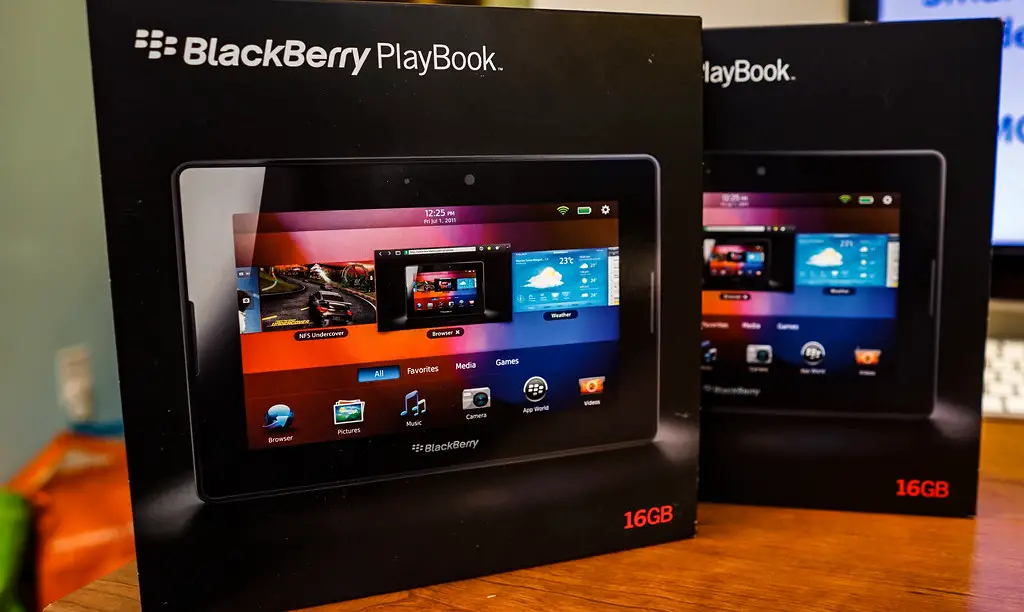
The Blackberry PlayBook was Research In Motion’s (RIM), now Blackberry Limited’s, foray into the burgeoning tablet computer market. Launched in 2011, the PlayBook aimed to leverage Blackberry’s strong reputation in the business sector by offering a secure and productivity-focused tablet experience. It featured a unique Blackberry Tablet OS, multitasking capabilities, and strong integration with Blackberry smartphones.
However, the PlayBook faced significant headwinds in a tablet market that was rapidly being defined by Apple’s iPad and the growing ecosystem of Android tablets. The PlayBook lacked a robust native app ecosystem at launch, relying heavily on web apps and the promise of Android app compatibility that was delayed. Furthermore, its smaller screen size compared to the iPad and some Android competitors, along with a perceived lack of compelling consumer-focused features, hampered its appeal beyond its core business user base.
